Dimorphodon
Name Origin
Two-Form Tooth
Family
Dimorphodontidae
Classification
Reptilia, Pterosauria
Habitat (Discovery Location)
United Kingdom
Period
Approximately 195 to 190 million years ago (Early Jurassic)
Length
Approximately 1.4m (wingspan)
Weight
Approximately 2 kilograms
Diet
Carnivore (Meat-eater)
 Jurassic
Jurassic
Park / World Featured Dinosaur
Appearance in Jurassic World
This pterosaur made its series debut in the film. Lacking the massive size of Pteranodon, it was notable for being the first small pterosaur to be featured (alongside Pteranodon).
In the film, numerous individuals were housed alongside the Pteranodons inside the park's "Aviary" dome. However, they escaped during the chaos caused by the Indominus rex breaking through the dome's glass wall.
The flock of Dimorphodon, freed by the Indominus, attacked the park's Main Street alongside the Pteranodons, swarming the trapped tourists. One of them turns on the protagonist, Owen, but is shot and taken down by Claire, who rushes in with a tranquilizer rifle.
Despite its demonic appearance, it was also seen in a scene where it inadvertently contributed to the plot's development. Additionally, at the end of the chaos, another individual attempting to escape the island was depicted being shot down by an InGen sniper (mercenary) and crashing into the sea.
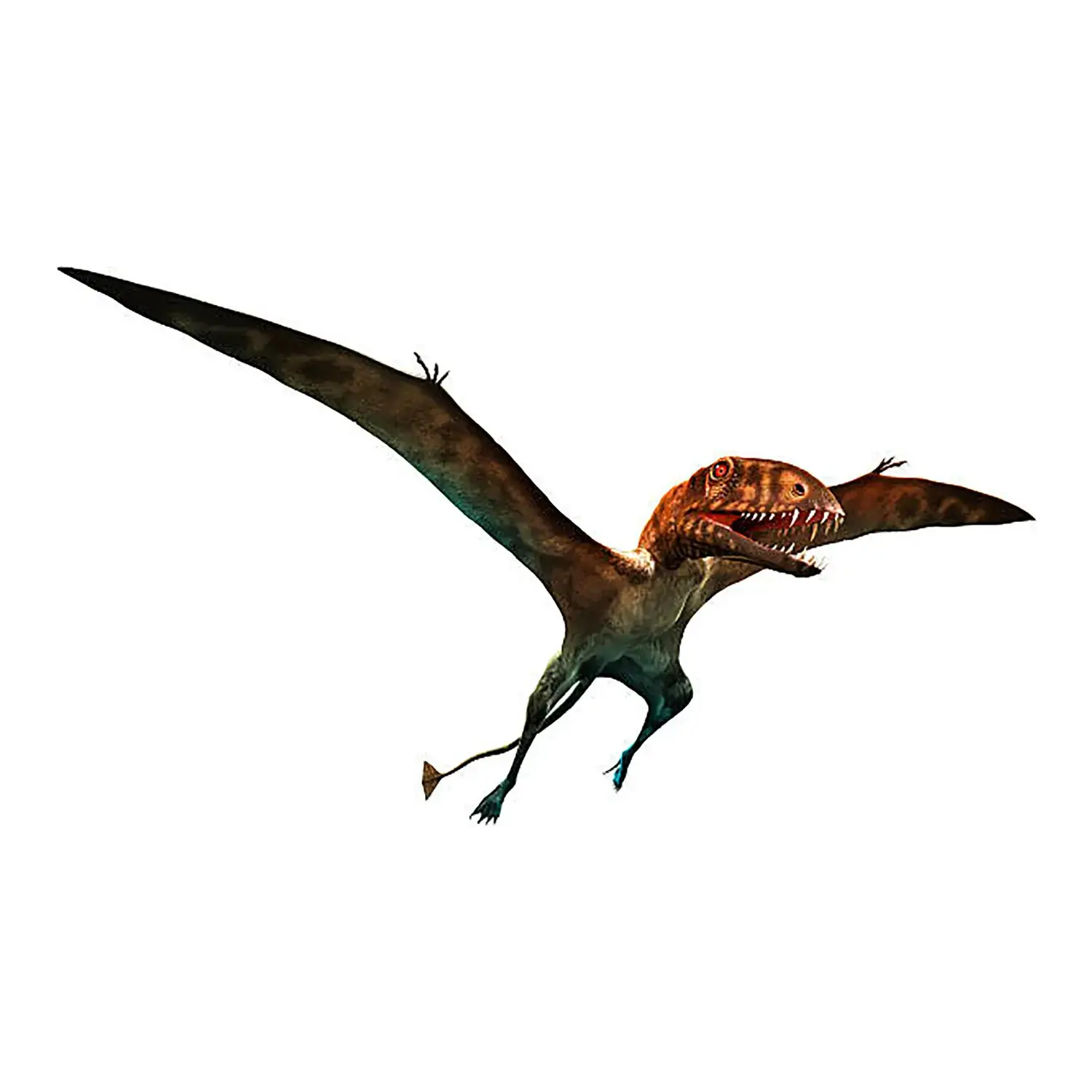
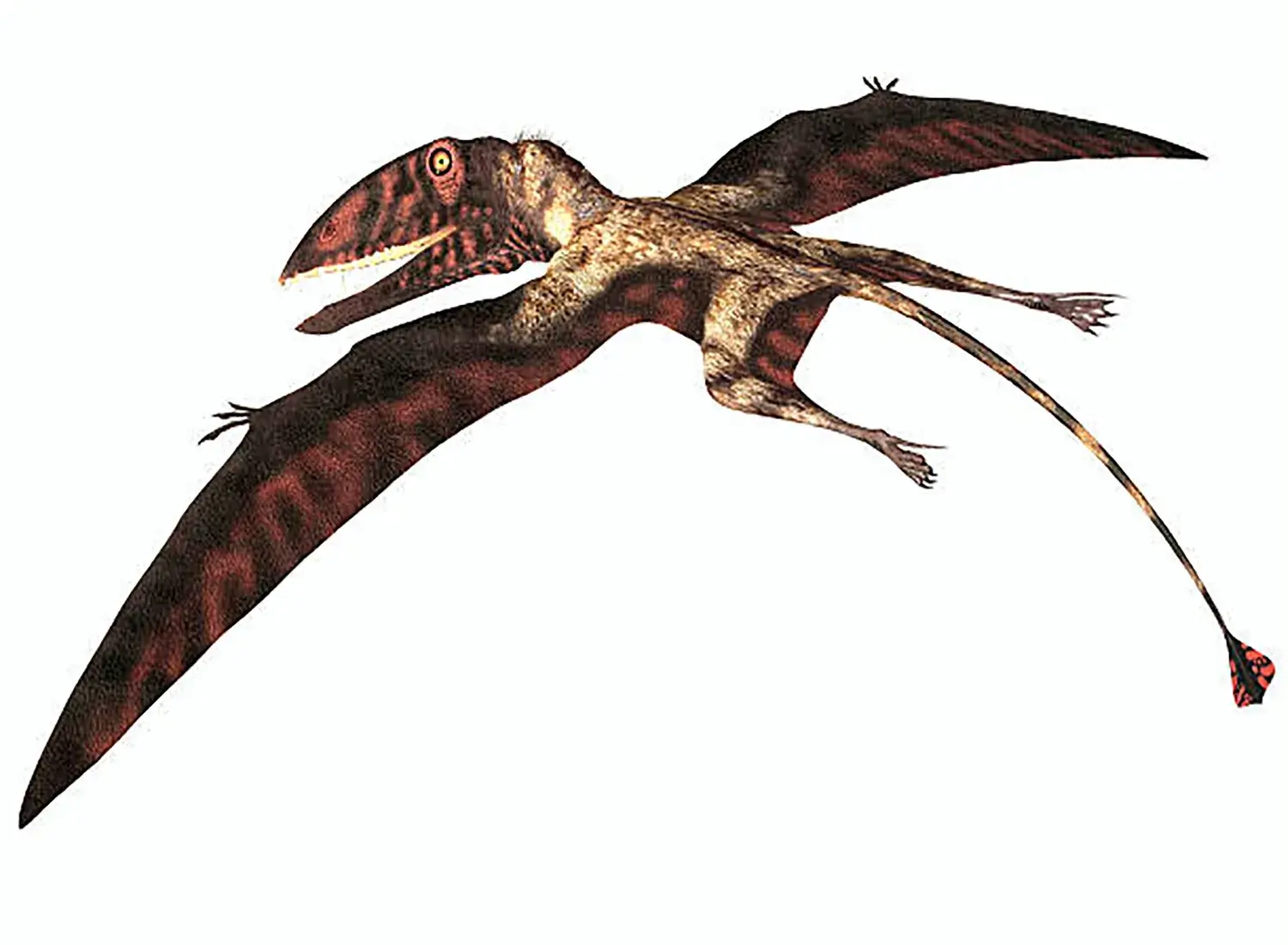



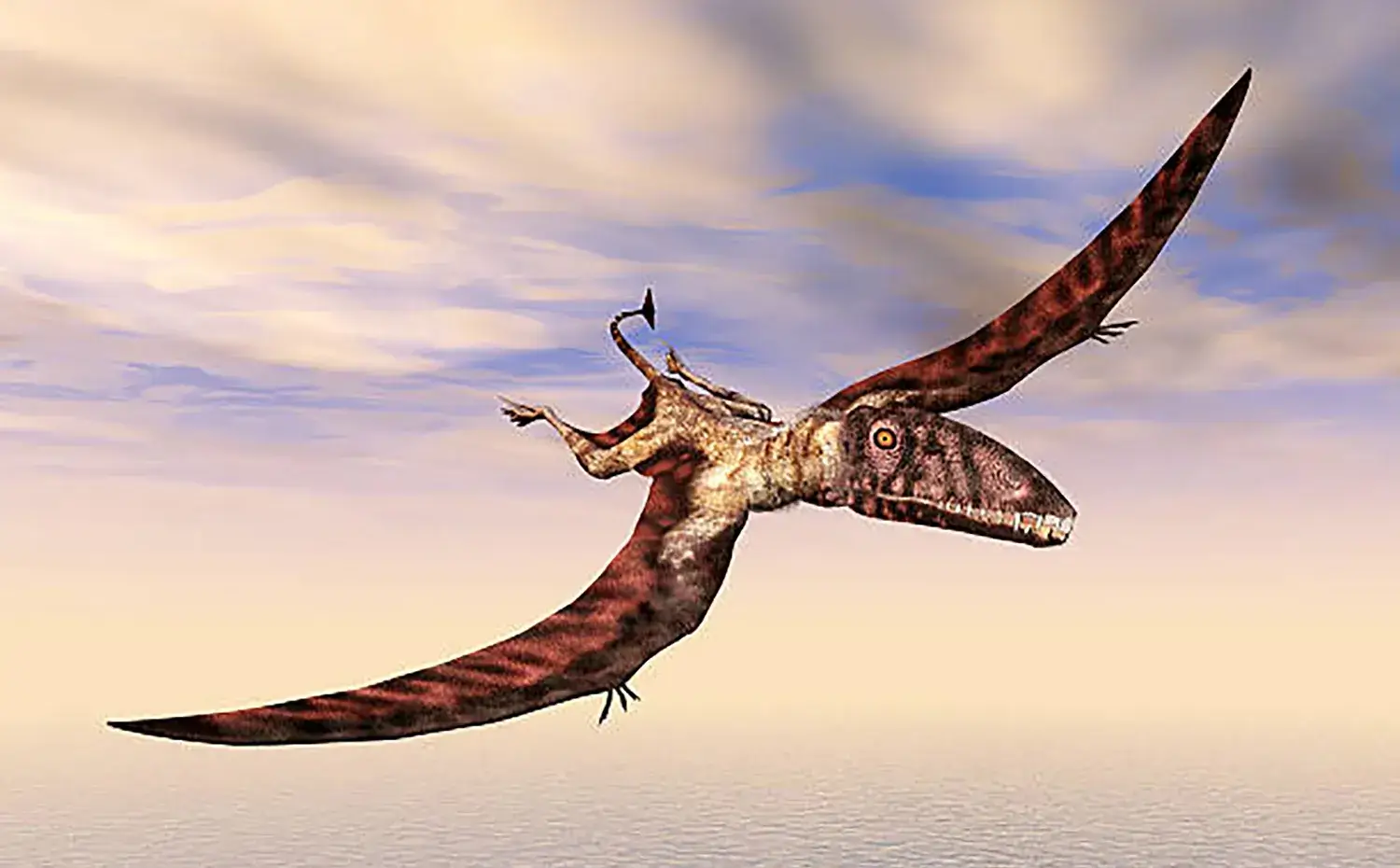
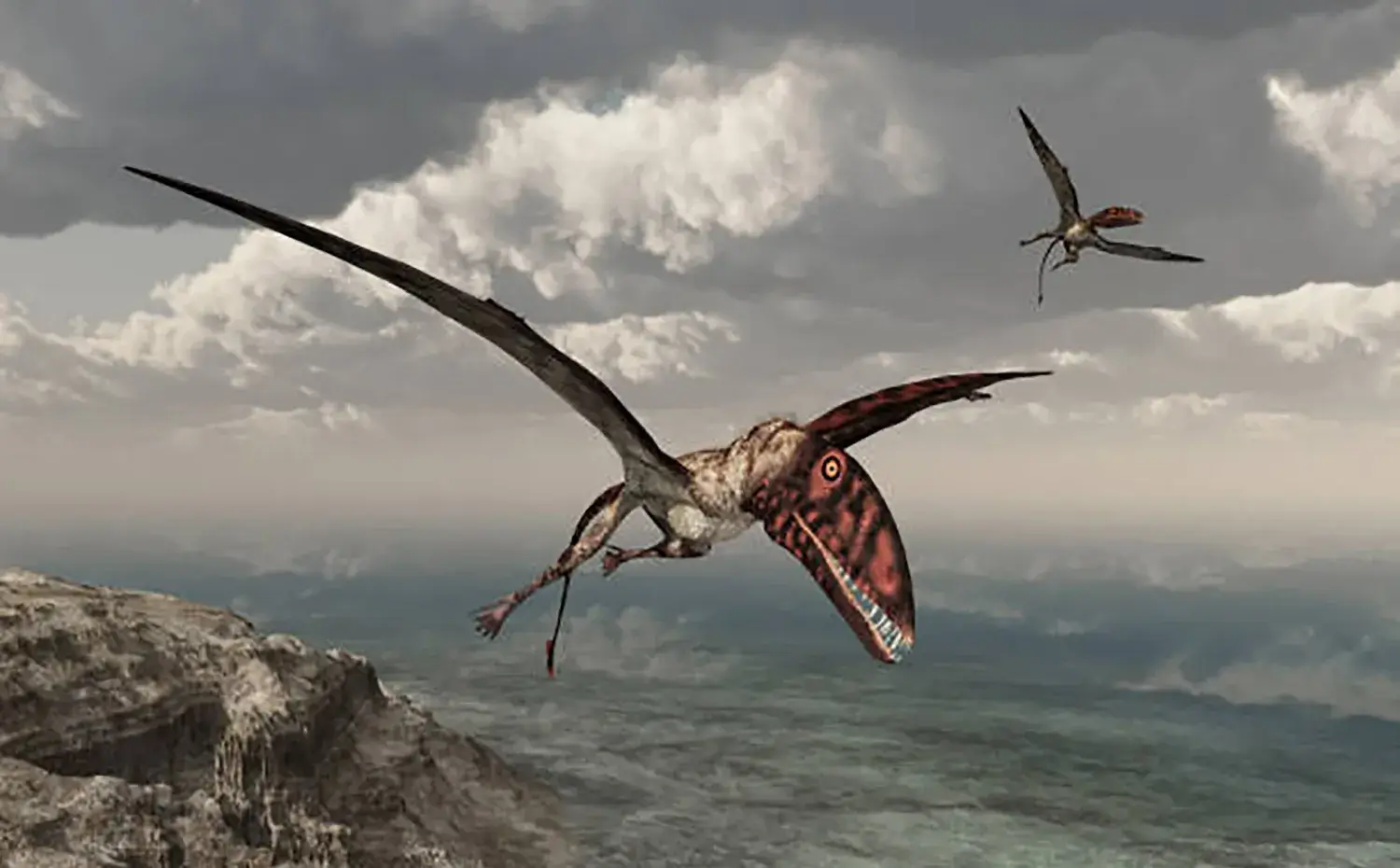
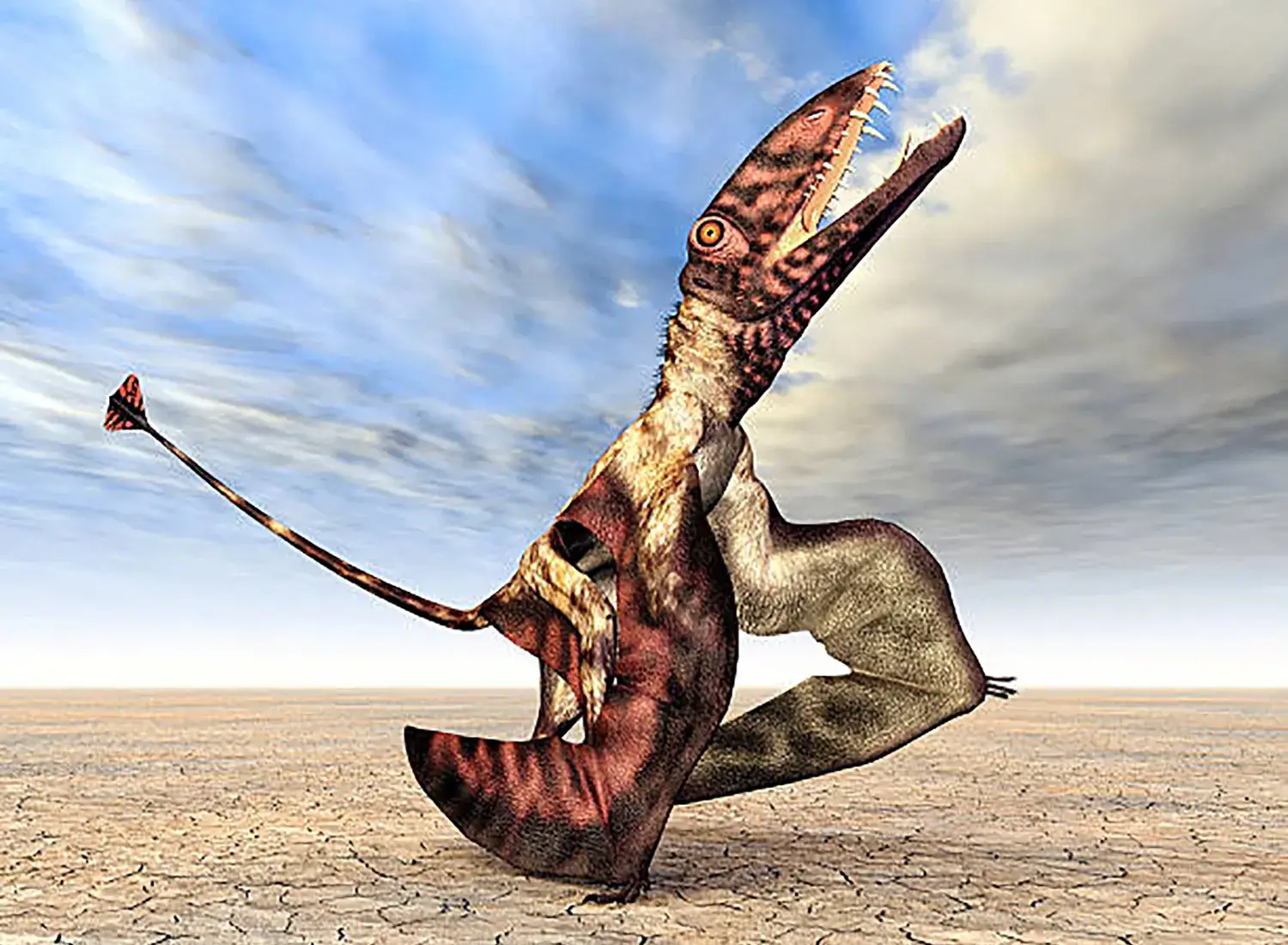

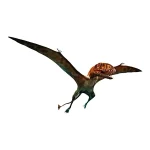
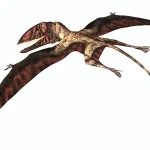
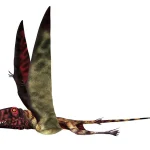

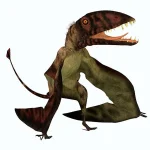
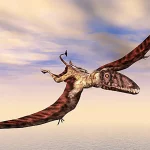


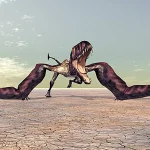
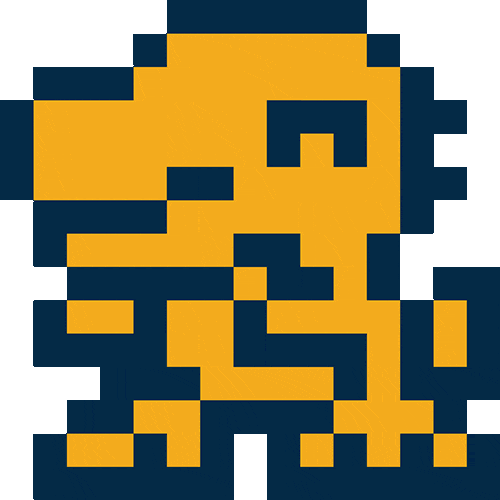
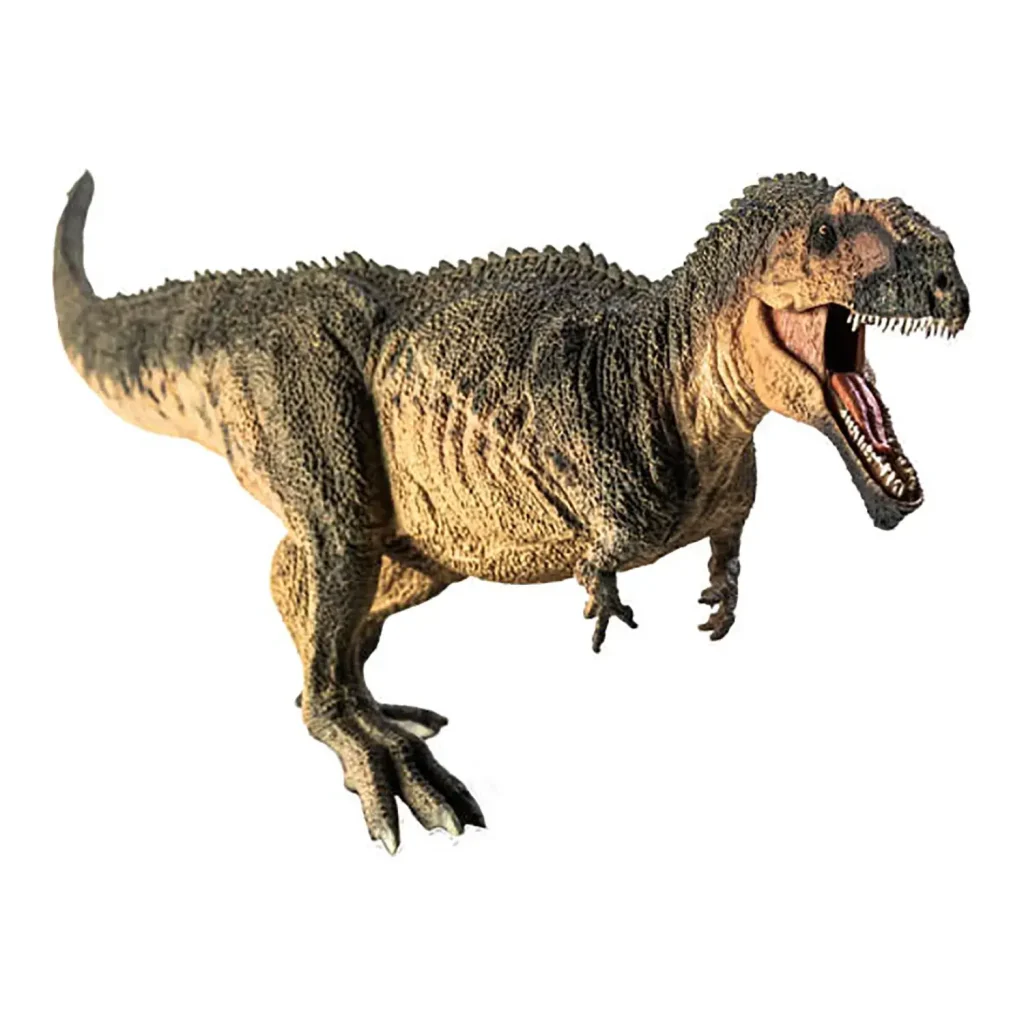
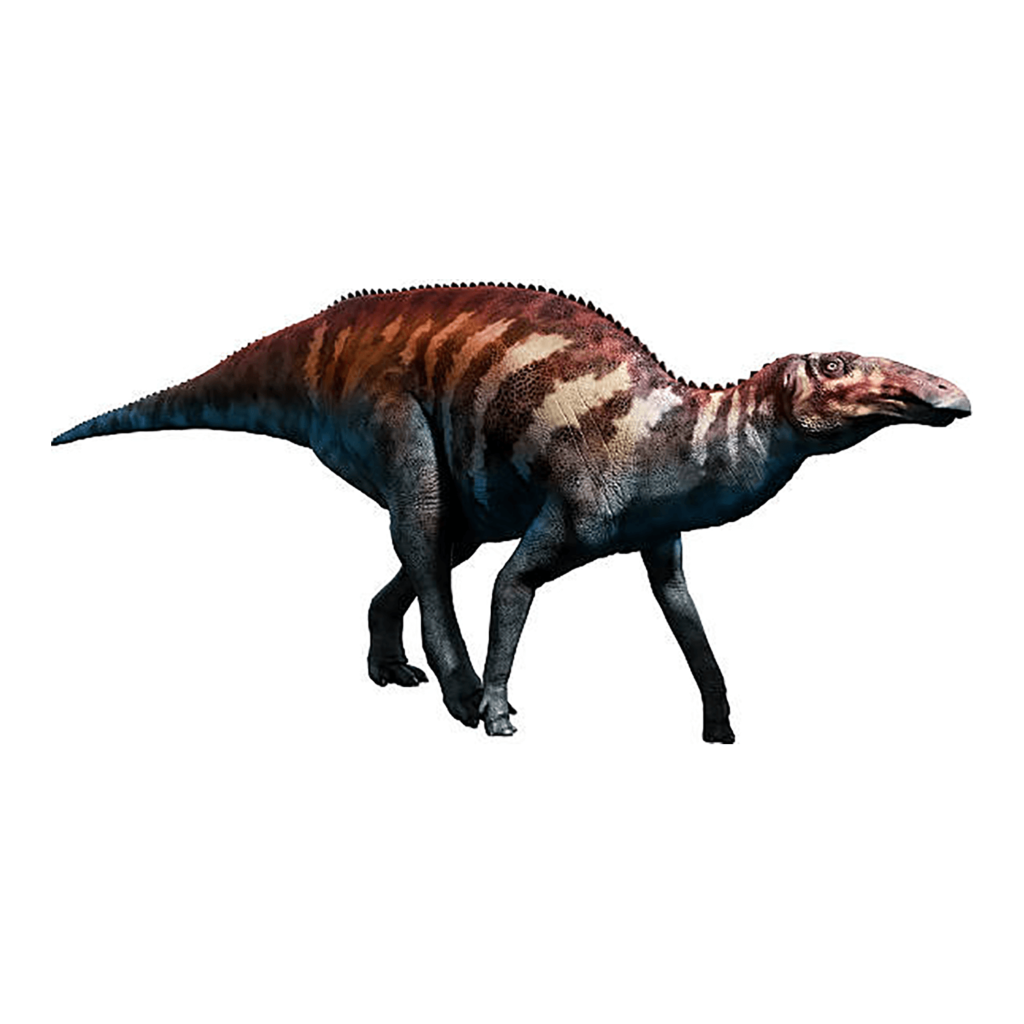
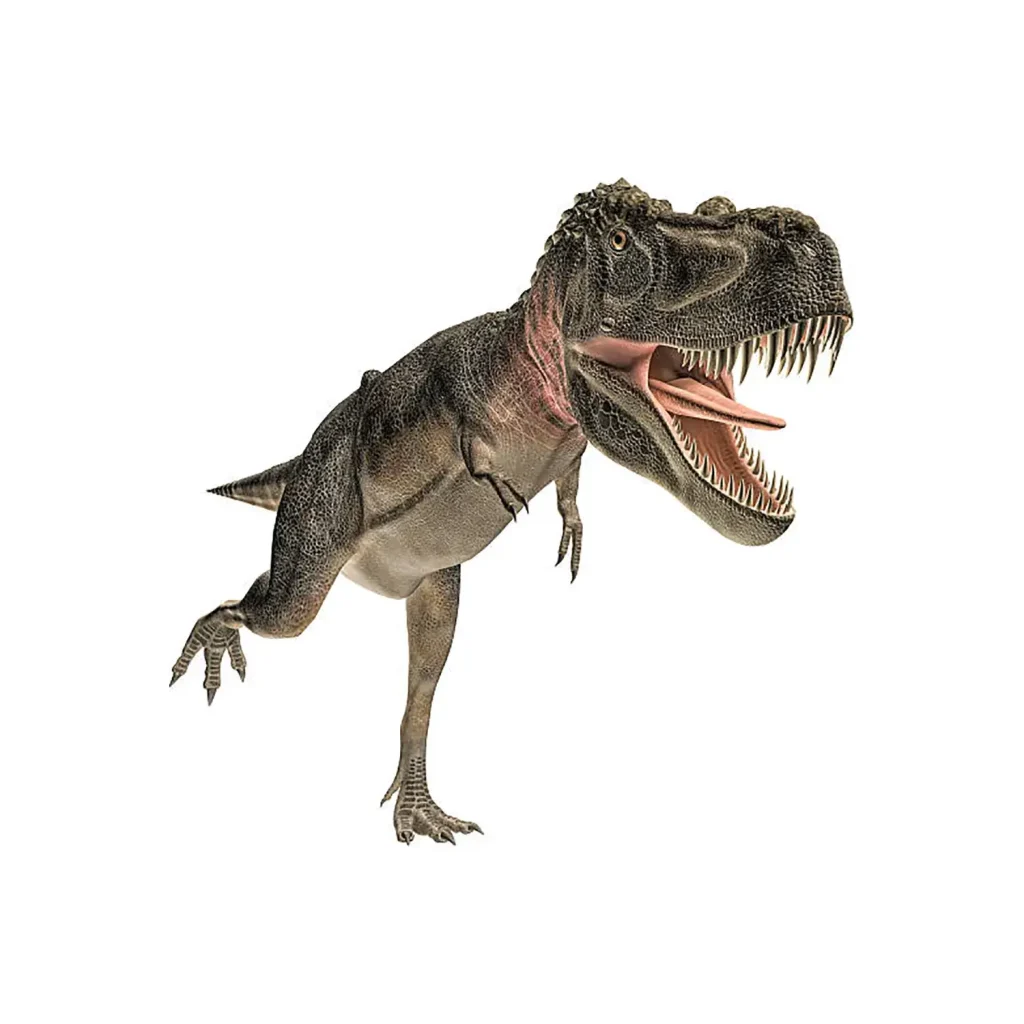

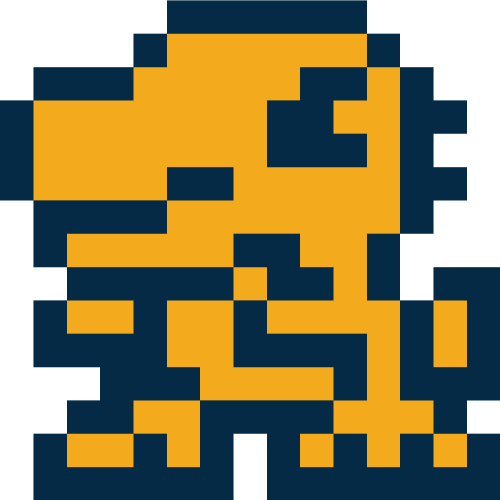
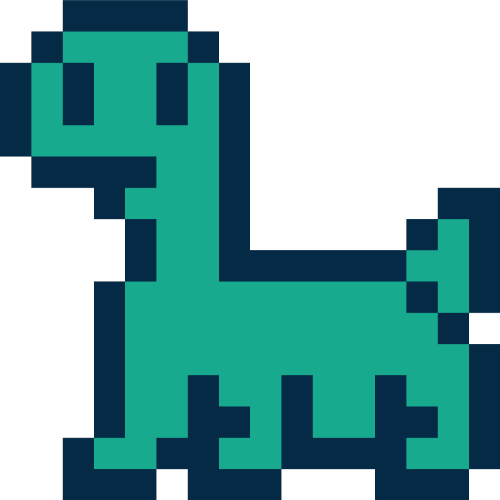
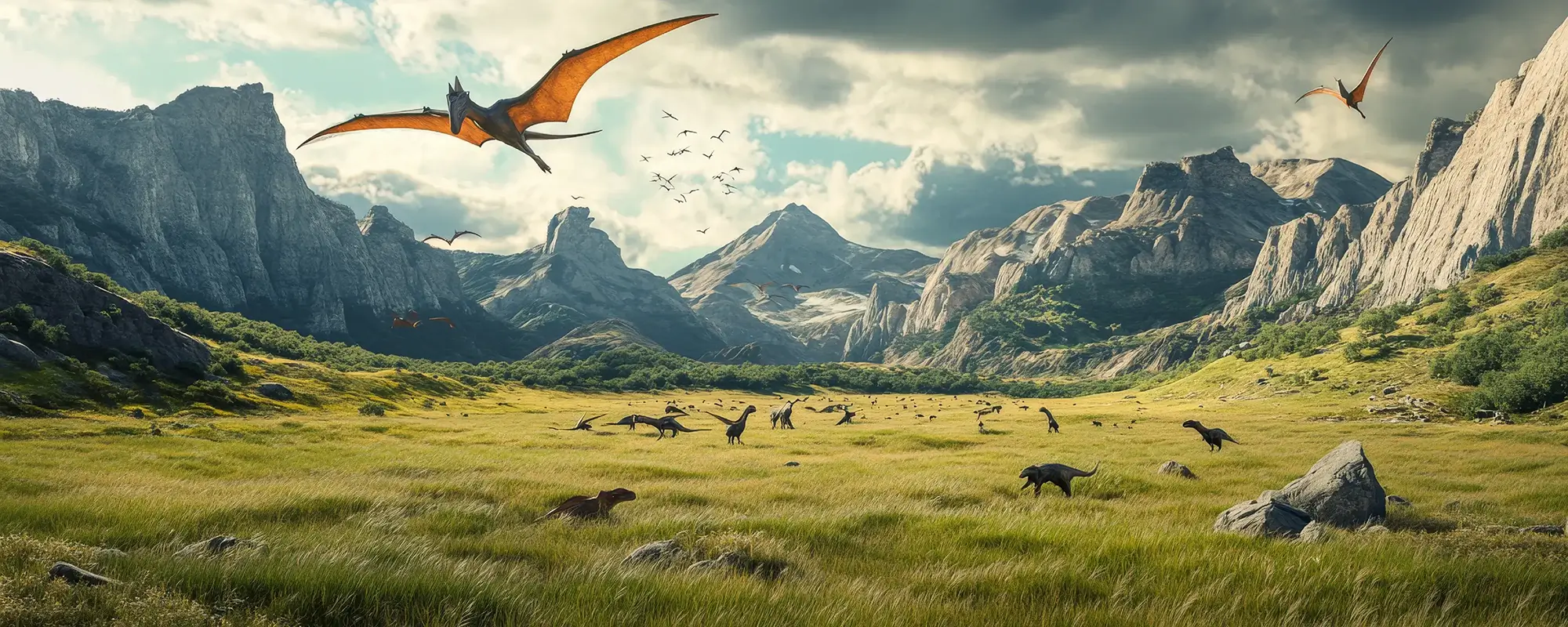



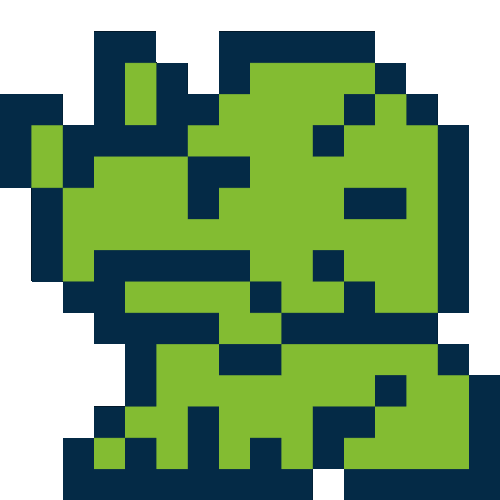
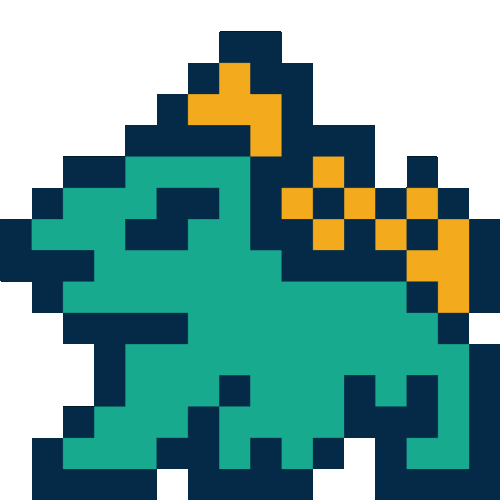
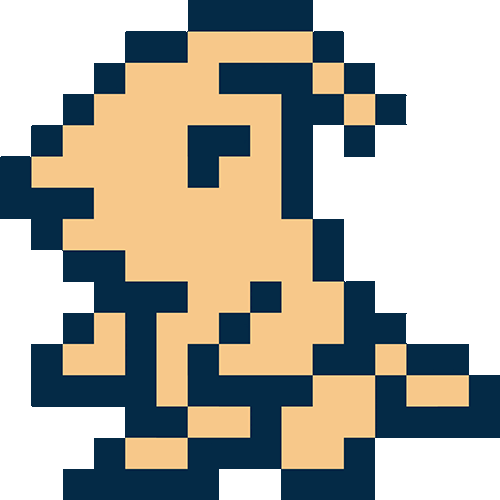

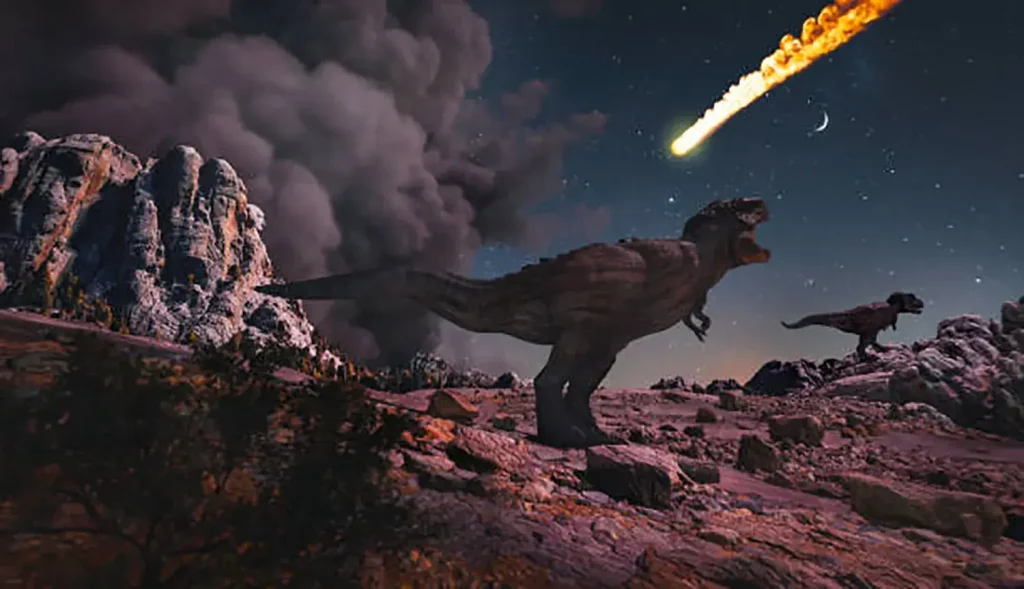
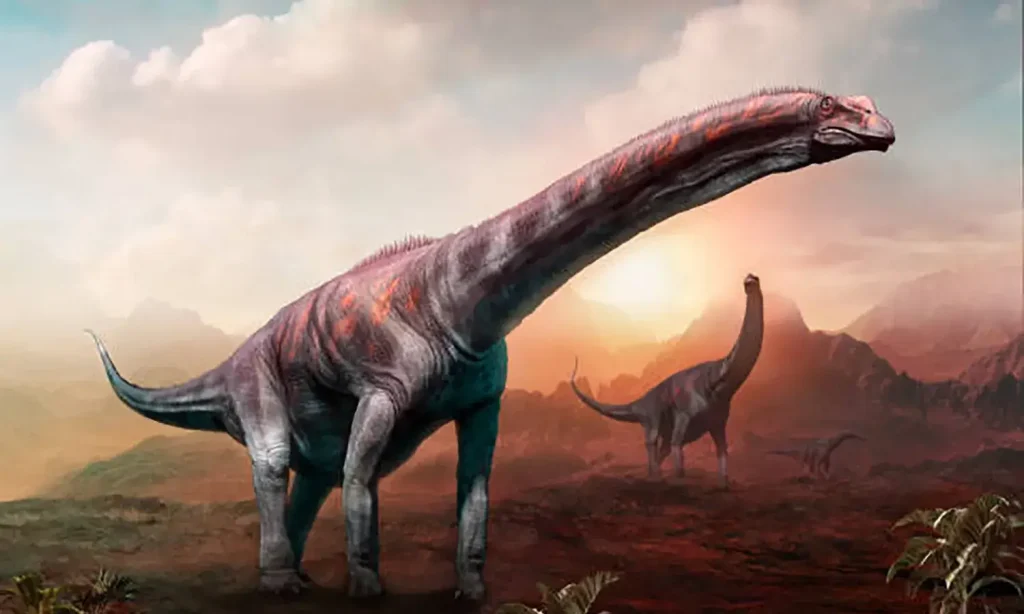
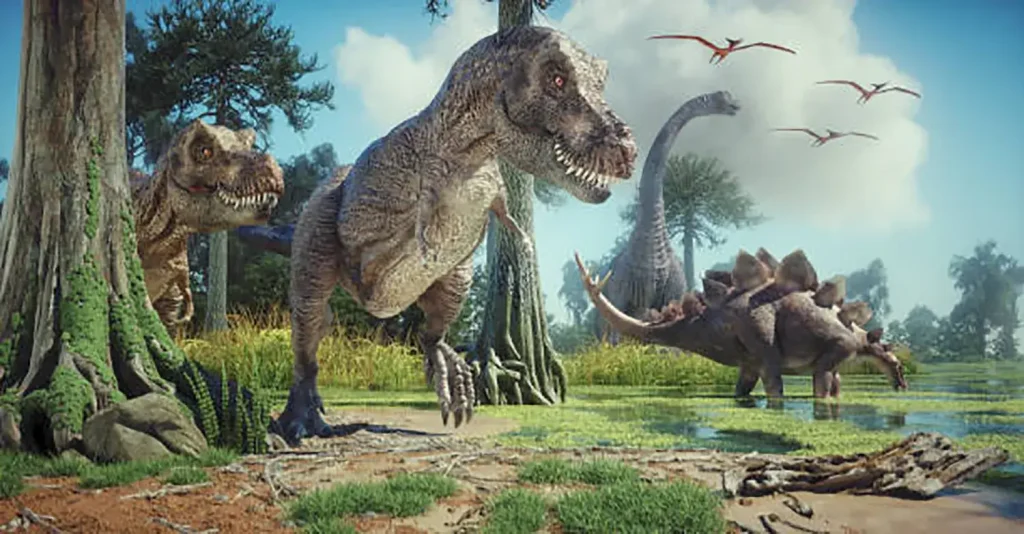
Description
Dimorphodon was a small pterosaur that lived in Europe (present-day United Kingdom) during the Early Jurassic period.
Its name means “two-form tooth” in Greek, and it is known for its highly unique dental structure and large, lizard-like head, which sets it apart from other pterosaurs.
Discovery by the “Mother of Paleontology”
Dimorphodon first appeared in human history about 200 years ago, in 1828.
Its fossil was unearthed by Mary Anning, a renowned British fossil collector often called the “Mother of Paleontology.”
Because the fossil she discovered was missing its head, it was initially identified as a species of the famous Pterodactylus.
However, when a fossil of its distinctive skull was later excavated, it became clear that this was an entirely new species.
This pterosaur was formally described in 1859 by Richard Owen, the prominent British paleontologist who also coined the word “dinosaur.” He gave it the scientific name “Dimorphodon.”
“Two-Form Teeth” and a Giant Head That Defy Pterosaur Images
Dimorphodon’s most defining characteristic, from which its name is derived, is found inside its mouth.
Two Forms of Teeth
Unlike the “bird-like beak” image many people have of pterosaurs, Dimorphodon’s jaws were lined with many teeth.
Furthermore, these teeth were clearly divided into two distinct shapes: long, sharp teeth at the front of the jaw, and short, small teeth at the back.
Giant Head
Dimorphodon had a particularly large head for a pterosaur, with a short neck.
Its appearance is sometimes described as a “raptor with wings,” giving it a strange, lizard-like impression.
It Has Been Described as a ‘Raptor with Wings.’
However, despite its sturdy appearance, this large skull had a lightweight structure.
The Debate Over Flight and Walking
Dimorphodon was about the size of a seagull, with a maximum wingspan of 1.4m and a body length of only about 1m.
However, due to the imbalance of its oversized head, its flight and walking abilities are the subject of much debate.
Flight Capability
Because its head was large and its wings were disproportionately small, it is believed not to have been a particularly strong flier.
It couldn’t fly by constantly flapping its wings like a bird; rather, while self-powered flight was possible, it is thought to have relied primarily on gliding and descending.
It Is Believed to Have Relied Primarily on Gliding and Descending.
Locomotion
Its body structure suggests that walking on land would have been quite difficult, leading to the assumption that its habitat was the coastline.
Its long tail, which was used for steering during flight, would not have been useful for walking. It is thought that it spent most of its time on land clinging to trees or cliffs.
On the other hand, some theories suggest that its long hind limbs and the claws on its first to fourth toes may have enabled it to walk bipedally.
There Is Also a Theory That It Was Capable of Bipedal Locomotion.
The Diet Debate: Fish-Eater or Land Hunter?
It is certain that Dimorphodon was a carnivore, but what it used its “two-form teeth” for has long been a topic of discussion.
Traditional Theory (Piscivore)
Because closely related species ate fish, the traditional theory held that Dimorphodon lived on the coast and caught fish from the air.
Recent Prevailing Theory (Terrestrial Predator)
However, recent analyses of its jaw shape, poor flight capability, and dental structure strongly suggest that it hunted insects and small terrestrial vertebrates, rather than fish.
If this theory is correct, Dimorphodon may have reigned over the ecosystem of Early Jurassic England as a unique “little hunter” that glided through the air and sometimes moved bipedally on the ground to hunt small animals.